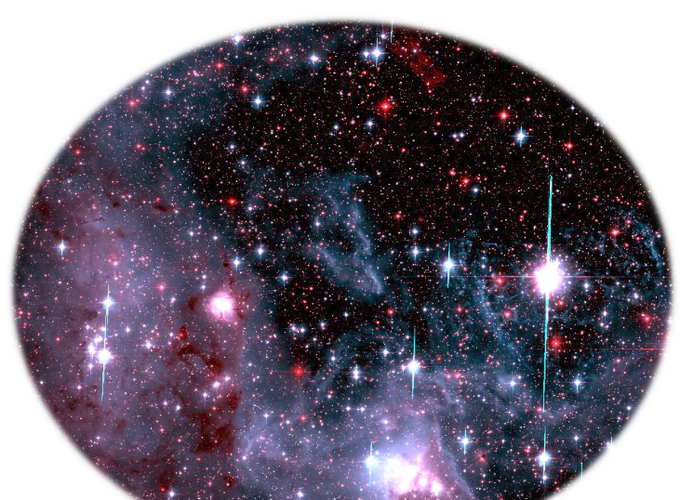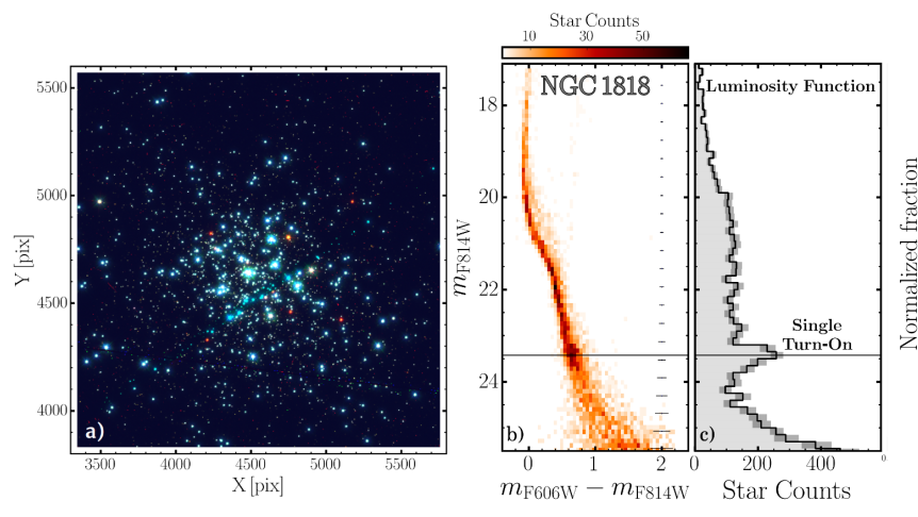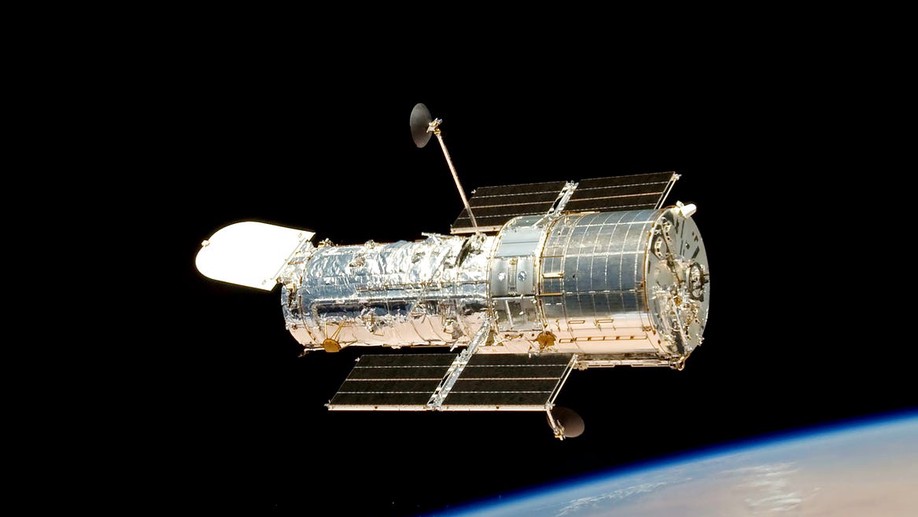The color-magnitude diagrams (CMDs) of nearly all the old Globular Clusters (GCs) host multiple sequences, which correspond to stellar populations with different chemical composition and, possibly, different ages. Their origin is one of the most-intriguing open issues of stellar astrophysics and would provide new constraints on the assembly of the Galaxy and on the re-ionization of the Universe. The recent discovery of multiple main sequences (MSs) and extended main- sequence turn offs (eMSTOs) in the CMDs of young and intermediate-age clusters of both Magellanic Clouds has suggested that multiple populations are not a pe- culiarity of old GCs. Indeed the most-straightforward explanation of the eMSTOs is that young clusters have experienced a prolonged star formation in close analogy with what has been suggested for old Galactic GCs. In this case, the young clusters of the Large and Small Magellanic Clouds (LMC, SMC) would provide the unique opportunity to investigate the multiple-population phenomenon a few hundreds Myrs after their formation. An alternative interpretation of the complex features observed in the CMD of these clusters sees star rotation as responsible for the eMSTOs and the split MSs. In this case, intermediate-age MC clusters would be formed from a single star-formation episode. In my master thesis I exploited HST archive data to disentangle the effects of age and rotation and constrain the origin of the eMSTO. I first reduced and analyzed HST images of the LMC cluster KMHK 250 and of the SMC cluster NGC 265, which have never been investigated in the context of multiple populations. I discovered that both clusters exhibit the eMSTO and that NGC 265 shows a split MS. The fact that KMHK250 is a very-low mass clusters suggests that the presence of the eMSTO does not depend on the cluster mass. In addition, I analyzed the photometric catalogs of 25 young and intermediate- age clusters from the HST survey of multiple populations in Magellanic-Clouds clusters. I find that if an age spread is considered the responsible for the eMSTOs, the resulting age spreads strongly correlate with the cluster age. The comparison between the observed CMDs and simulated CMDs derived from Geneva models show that such correlation is due to stellar populations with different rotation rates. I conclude that there is no evidence for large age spread within young and intermediate-age Magellanic-Cloud clusters and that any internal age variation, if present, is smaller than 100 Myrs.
Young Magellanic Clouds clusters

Young Magellanic Clouds clusters
Publications

NGC1818 unveils the origin of the extended main-sequence turn-off in young Magellanic Clouds clusters
The turn-on in the 40 Myr-old cluster NGC1818 exclude the presence of possible age differences among cluster stars, unveiling the origin of the extended main-sequence turn-off in young Magellanic Clouds clusters

A two orbits proposal to solve the age spread dilemma in young Magellanic Clouds clusters
This is a two-orbits proposal to explore pre-main sequence (pre-MS) stars in Large Magellanic Cloud young clusters to assess, once and for all, if multiple bursts of star formation can be supported by these systems.
Talks

International Conference for Young Astronomers and Astrophysicists (ICYAA)
Multiple stellar populations in Magellanic Cloud clusters - disentangling between age spread and rotation